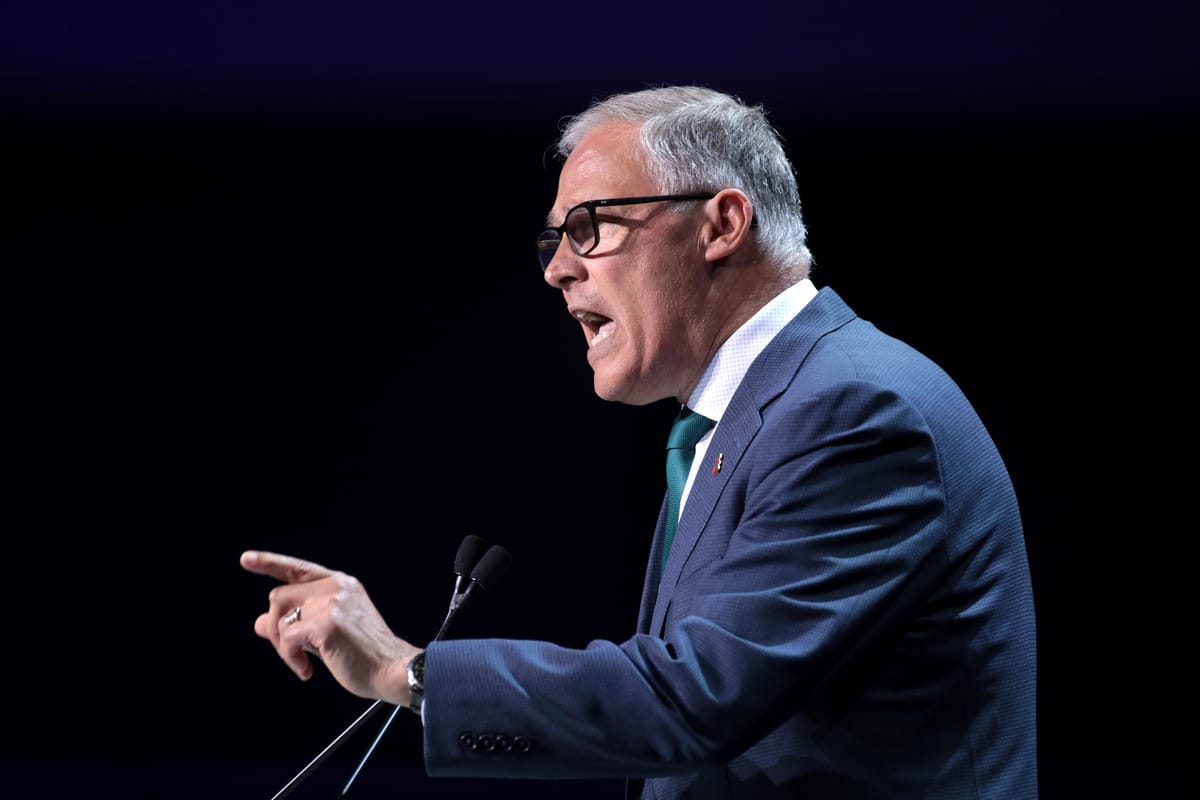Coronavirus Roundup: USDA Announces Funds for Distance Learning, Governors’ Social Distancing, Open Access Fiber
U.S. Department of Agriculture Deputy Under Secretary for Rural Development Bette Brand announced Monday that the USDA was opening a second application window for $72 million worth of funding under the Distance Learning and Telemedicine grant program. “Due to the COVID-19 National Emergency, USDA is

U.S. Department of Agriculture Deputy Under Secretary for Rural Development Bette Brand announced Monday that the USDA was opening a second application window for $72 million worth of funding under the Distance Learning and Telemedicine grant program.
“Due to the COVID-19 National Emergency, USDA is providing an additional window for those who cannot complete applications prior to the first application deadline,” Brand said.
“This action will provide more time for applicants to complete their funding requests. Access to distance learning and telemedicine makes it easier for thousands of rural residents to take advantage of health care and educational opportunities without having to travel long distances or be among large groups of people.”
Electronic applications for window two may be submitted through grants.gov beginning Tuesday, April 14, 2020 and are due on July 13, 2020. The USDA said that it will not accept paper applications under the second window. Additional information on how to apply is available on grants.gov.
New Study says that governors who acted more quickly on social distancing saved lives
A report published by the Technology Policy Institute on Monday suggested that state governors who acted quickly to institute coronavirus social-distancing policies saved more-and lost fewer-lives than those who did not.
“State governors have largely been at the forefront of social distancing efforts to mitigate the coronavirus,” TPI President Scott Wallsten wrote in a blog post. “Some governors acted quickly, others did not. This analysis suggests that social distancing rules mattered and governors who acted quickly saved lives.”
His new econometric analysis suggests that, on average:
- Each day a state waited to close non-essential businesses relative to the first coronavirus death was associated with 0.36 additional deaths per million people.
- Each day a state waited to close schools relative to the first death was associated with 0.28 additional deaths per million people.
- Each day a state waited to issue a stay-at-home order relative to the first death was associated with 0.09 additional deaths per million people.
The report made use of data from two sources: The New York Times Github repository and the Institute for Health and Metrics Evaluation. It focuses on deaths per million people as well as the dates each state closed schools, closed non-essential businesses, and implementation of stay-at-home orders.
Wallsten said his analysis shows that social distance rules are working, but warned that people “should interpret these results carefully.” Among his caveats: the study aggregates up to the state level, potentially obscuring local differences; social distancing rules are endogenous to the number of deaths; and the coefficients may not always capture the effects of that specific rule, particularly with the stay-at-home order.
EntryPoint Networks CEO discusses using stimulus funds for smaller broadband providers with open access fiber
Congress should divert stimulus funds away from big telecom and into low-interest loans for smaller broadband providers to build out a reliable national network, according to a blog post on Medium by the CEO of EntryPoints Networks Jeff Christensen.
Christensen wrote that he worries that Congress is likely to spend stimulus money on big cable and big telecom “under the premise that we need better networks and they are the logical choice for solving that problem.”
Christensen called this “doubling down on a system that should be overhauled,” and expressed his desire to see that money go instead to “municipalities, electric co-ops, and entrepreneurs.” The smaller entities could then create “non-profit, open access, fiber optic networks where the subscribers to the network own the infrastructure.”
That way, Christensen said, “we won’t have to worry if our networks will have the capacity and flexibility to meet the demands we place on them” the next time the need to live remotely strikes.








